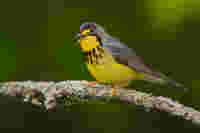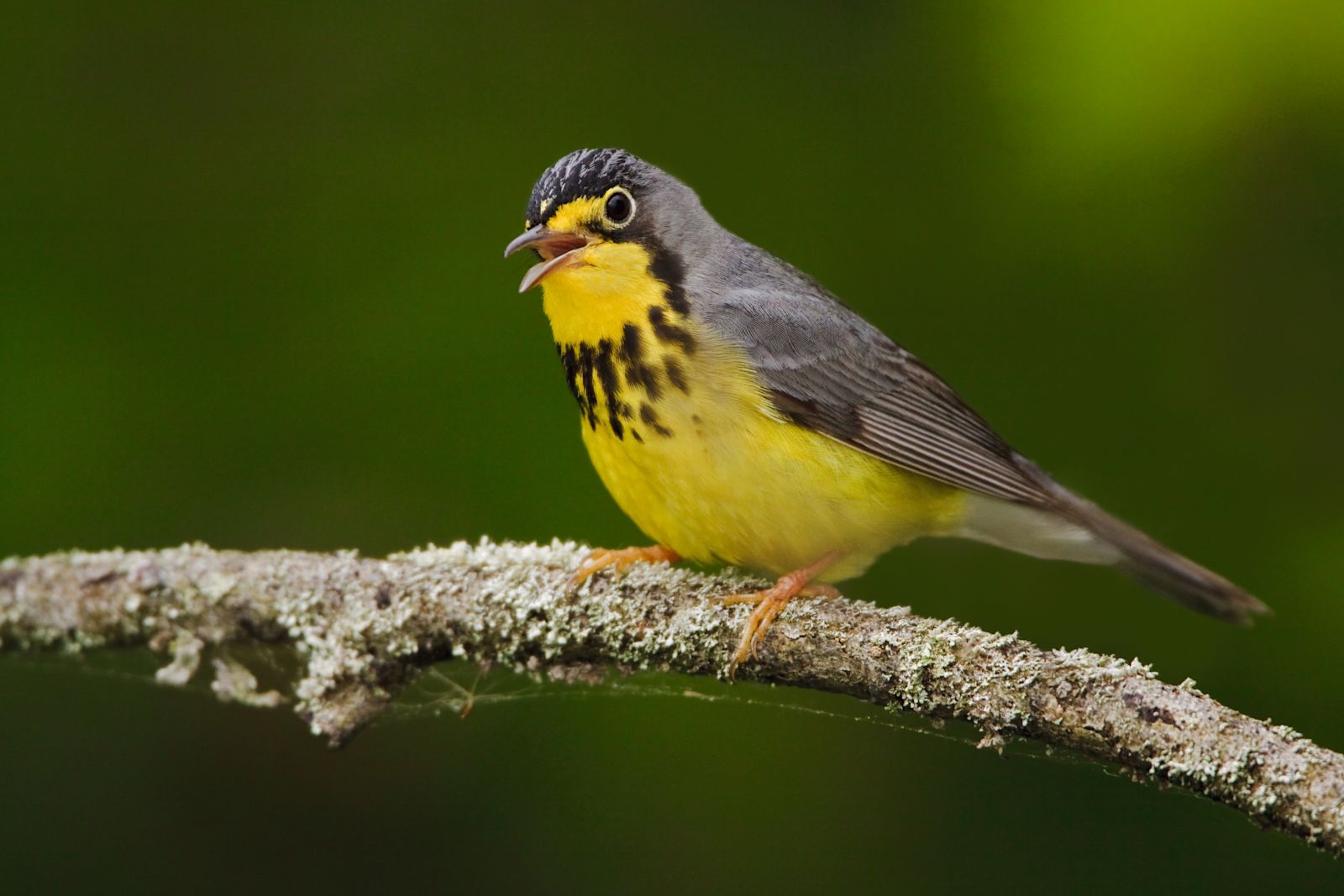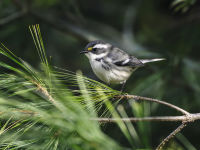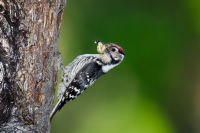The keen observation of birds has a long, storied history amongst eminent ornithologists, dedicated hobbyists and casual observers as a gateway to a deeper understanding of the natural world. After all, bird observations helped both Charles Darwin and Alfred Russel Wallace to unlock the secrets of evolution.
The outlook for birds is much different now than in 1859 when Darwin published “On the Origin of Species.” Birds are in decline worldwide and some species are already lost forever. Habitat loss and human encroachment has changed the way birds both move and survive, a disruption in seasonal patterns established over millennia.
A hopeful picture?
However, the picture is not all doom and gloom: New species are still being discovered or even rediscovered and conservation efforts highlight the resiliency of nature. The more we know the better so that we, the public, can react in the name of birds and the habitats that they rely on.
“Observational data provides insight not just into birds but into natural systems as well,” says Wood, Assistant Director of Information Science and eBird Lead at the Cornell Lab of Ornithology. “In the past, many birdwatchers knew this information at an anecdotal level, but now policy makers and land managers have access to this knowledge too, making the most of data originated by half-a-million observers.”
From information to action
Data harvested through citizen science (also called community science) can then be translated into tangible action. For instance, in a flagship project called Bird Returns, financed by the Nature Conservancy and made possible by abundance data generated by eBirders, farmland in California’s Central Valley along the Pacific flyway was ‘rented’ at reverse auction during a time period identified as critical for seasonal bird movement. An iconic and perfect example for a species that came back from the brink through the help of farmers is the Sandhill Crane. In essence, rice farmers were paid to flood their land at a non-critical time for their harvest and just in time for the annual arrival of countless exhausted and hungry bird species.

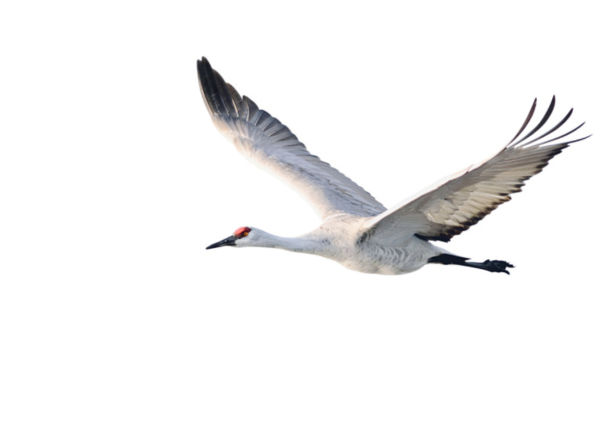
This map depicts the estimated relative abundance of Sandhill Crane in North America, averaged across the post-breeding migration season. Image provided by eBird.
Visualizations © Cornell Lab of Ornithology











